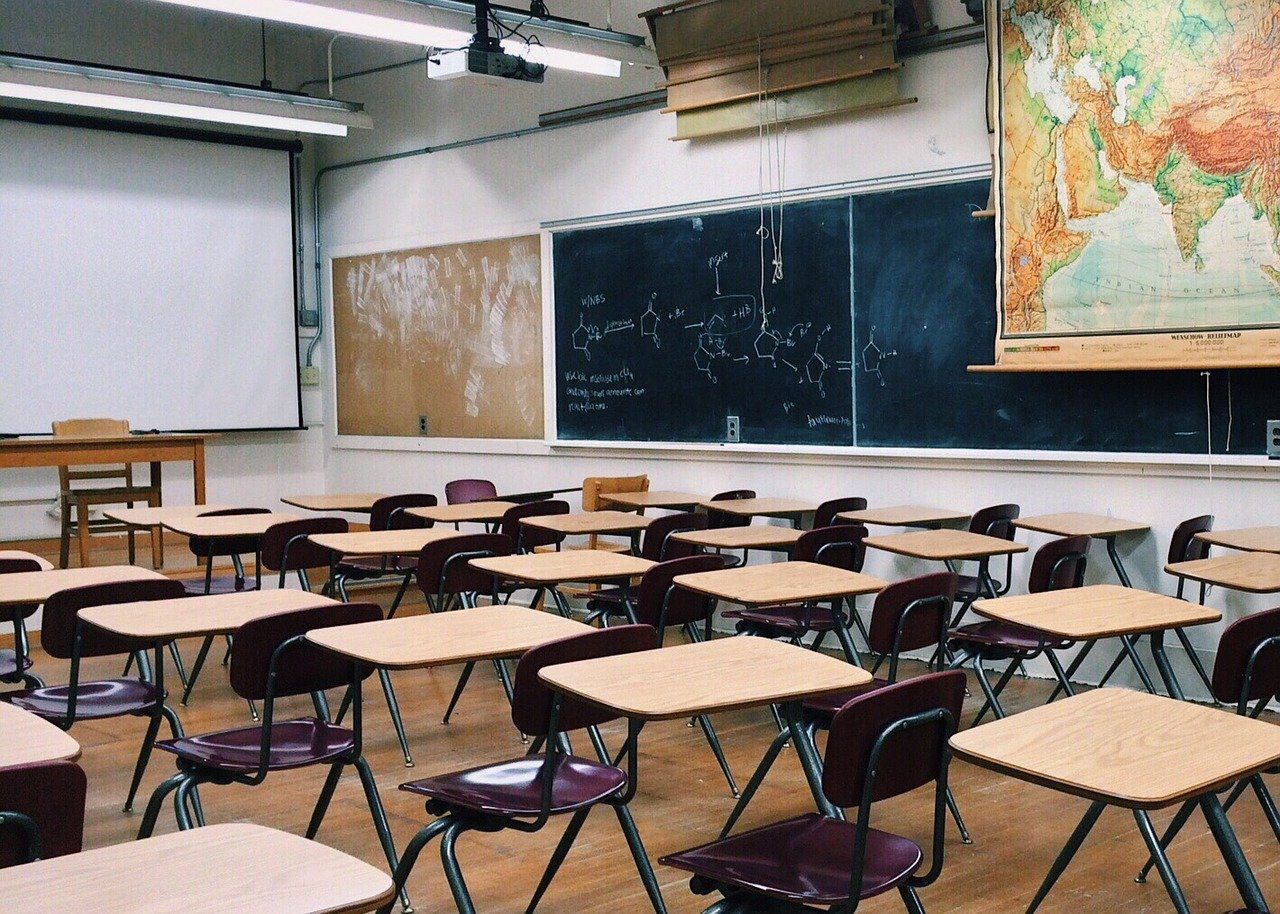With all of the U.S. states legalizing the recreational and/or medical use of marijuana, some schools are changing their policies. These policy changes have been occurring at a very rapid rate, provoking a lot of controversy among parents and students alike.
Medical Marijuana Use in Florida Schools
Starting in October of 2019, Florida schools began creating new guidelines for medical marijuana use on their campuses. Schools in this state only allow marijuana usage with those who have a valid state medical card.
Medical marijuana was legalized in Florida back in November of 2016, but it took the public schools nearly three years to begin creating these guidelines.
Only non-smokable forms of marijuana are permitted in Florida schools by medical marijuana students. This includes vaping as well as the smoking of traditional joints. Students are also not allowed to keep any marijuana on their person. It can only be brought into the school by their parent or guardian.
These laws stipulate that a parent or guardian must administer the marijuana to the student in a certain area of the school that is designed for this purpose. No school staff is allowed to do this. A lot of the school districts across the state are apprehensive about putting these policies into effect due to a fear of federal funding being slashed.
Medical Marijuana in California Schools
In the summer of 2019, the state of California officially approved the use of medical marijuana in K-12 schools. This bill has stirred up a lot of controversy all over the state, but it is going forward nonetheless. It has received strong opposition from Republican politicians as well as law enforcement authorities.
Just like with Florida schools, students can only consume non-smokable forms of marijuana in California public schools. This includes oils, capsules and topical products. Students need to first obtain a note from their doctor recommending medical marijuana.
The California School Boards Association has spoken out in favor of this ruling, stating that it can be very beneficial to many students.
Concerns About Federal Funding
While many school districts across the country have come out in support of medical marijuana use on campuses, they still fear losing federal dollars. This is why these schools do not allow any school staff, including nurses, to administer marijuana to students. The parent or guardian of the student must do this every single time.
Even with these strict guidelines in place, there is still a chance that some schools could lose funding from the federal government. This is just one of the many complications that has arisen as a result of legalizing the use of marijuana on a state level.
Affects of Marijuana on Students
There is a decent amount of research to suggest that marijuana could be very beneficial to students with a variety of medical conditions. This includes young people who suffer from ADHD, anxiety, depression and chronic pain.
Many young people with epilepsy have already benefited greatly from medical marijuana laws in states all over the country. Multiple studies have shown that THC, the psychoactive compound in marijuana, can be useful in treating seizure disorders.
The high level of efficacy associated with marijuana’s treatment of these medical conditions could help lots of students focus on their education. This is the main rationale behind the bills that have been passed in Florida, California, and a number of other places.
Final Thoughts
An increasing number of states are allowing students access to medical marijuana in public schools. Since these laws are still very new, it has yet to be seen as to whether or not there will be any major problems or complications.



